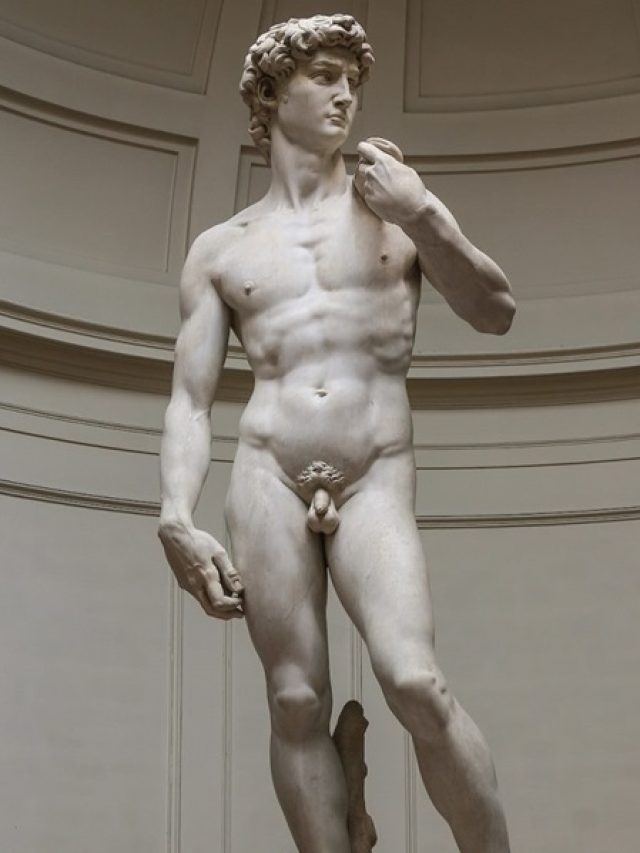In Europe, the Renaissance was a time of profound artistic and cultural transformation that lasted roughly from the 14th to the 17th century. In addition to artists exploring new mediums and viewpoints, there was a resurgence of interest in classical art, literature, and education throughout this period. The use of light and shadow, perspective, and realism are all highlighted in Renaissance painting.
Leonardo da Vinci (1452-1519)
One of the most varied and important Renaissance artists was Leonardo da Vinci (1452-1519), a polymath who was exceptionally skilled in a variety of subjects including anatomy, engineering, architecture, mathematics, music, and more.
The Mona Lisa, arguably the most well-known portrait in history, is renowned for her use of sfumato, a method for combining colours and tones, and her mysterious smile. The Last Supper is a mural painting that shows Jesus telling one of his disciples that he is about to betray him. The composition and figure expressions in this piece are well-known.
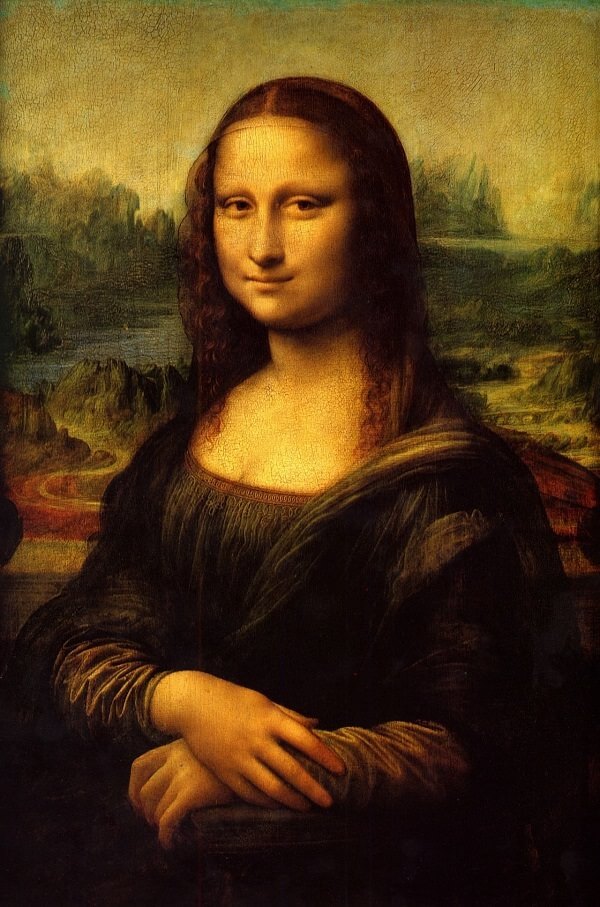
Leonardo kept a lot of notebooks with drawings, charts, and notes on a variety of topics. His sketches include studies of plants and animals, designs for technologies and inventions, anatomical investigations, and more; through meticulous dissections, Leonardo studied the human body in great detail and produced amazingly accurate anatomical drawings. His findings helped us get a better grasp of the human body, and his discoveries in anatomy were far ahead of their time.
Michelangelo Buonarroti (1475-1564)
Among the greatest Renaissance artists of all time was Michelangelo Buonarroti (1475–1564), an extraordinary polymath. He was a gifted poet, painter, sculptor, and architect. One of Michelangelo’s most well-known works, David is a marble statue that symbolises the biblical figure who vanquished Goliath. It is praised for its dynamic stance and exquisite workmanship.
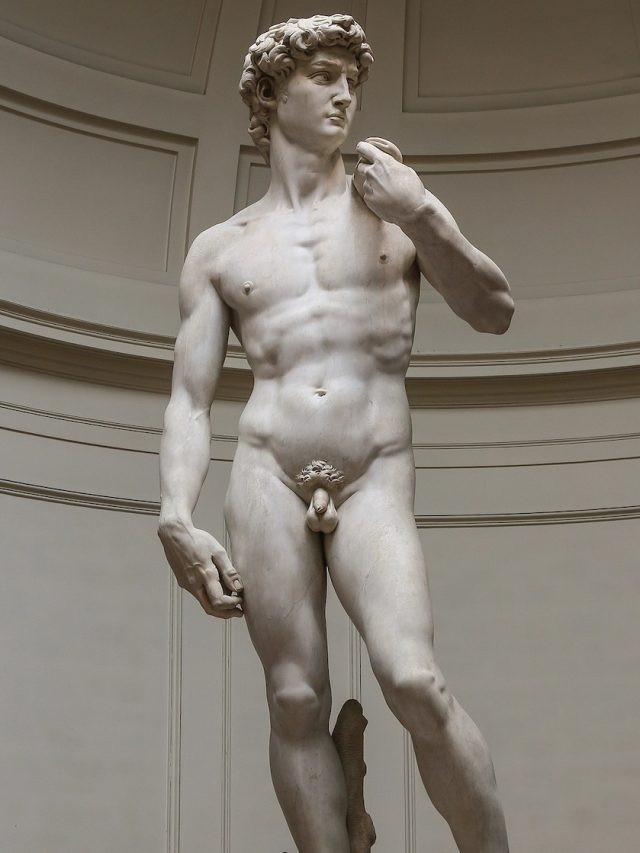
Courtesy: ARTnews
The sculpture known as Pieta shows the Virgin Mary holding Jesus’s body after his crucifixion. At the age of 24, Michelangelo finished the Pieta, demonstrating his extraordinary talent for creating delicate figures. A portion of the Sistine Chapel ceiling is dedicated to the Creation of Adam, a fresco that portrays the famous scene from the Book of Genesis in which God creates Adam. The composition and depiction of the human figure in the picture are well known.
Raphael (1483-1520)
Known by his full name, Raffaello Sanzio da Urbino (1483–1520), Raphael was yet another well-known Italian Renaissance personality; he was renowned for both his outstanding painting ability and his contributions to the growth of High Renaissance art. The Vatican houses a fresco known as “The School of Athens,” one of Raphael’s most well-known pieces. It’s a work from the Stanza della Segnatura series. The artwork is praised for its harmony, balance, and portrayal of classical principles. It shows a group of scientists, mathematicians, and philosophers from many eras, including Plato and Aristotle.
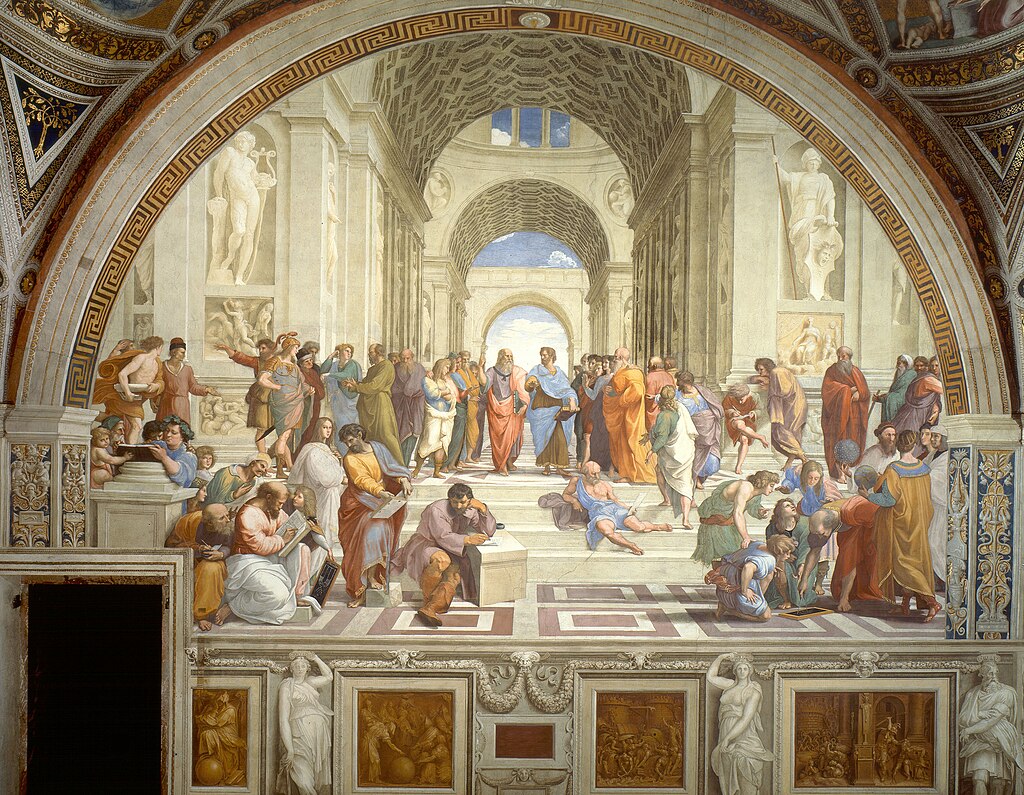
Raphael portrayed the Virgin Mary and the Christ Child in his Madonna and Child paintings. His depictions of Madonnas are renowned for their elegance, beauty, and idealisation. “Sistine Madonna” and “Madonna of the Goldfinch” are two examples. Raphael was an expert portrait painter, sensitively and realistically depicting the characteristics and personalities of his subjects. “Portrait of a Young Man” and “Portrait of Baldassare Castiglione” are two notable portraits. Raphael was not only a painter but also interested in building. He worked alongside Donato Bramante on several Rome-based architectural projects, such as St. Peter’s Basilica.
Titian (c. 1488-1576)
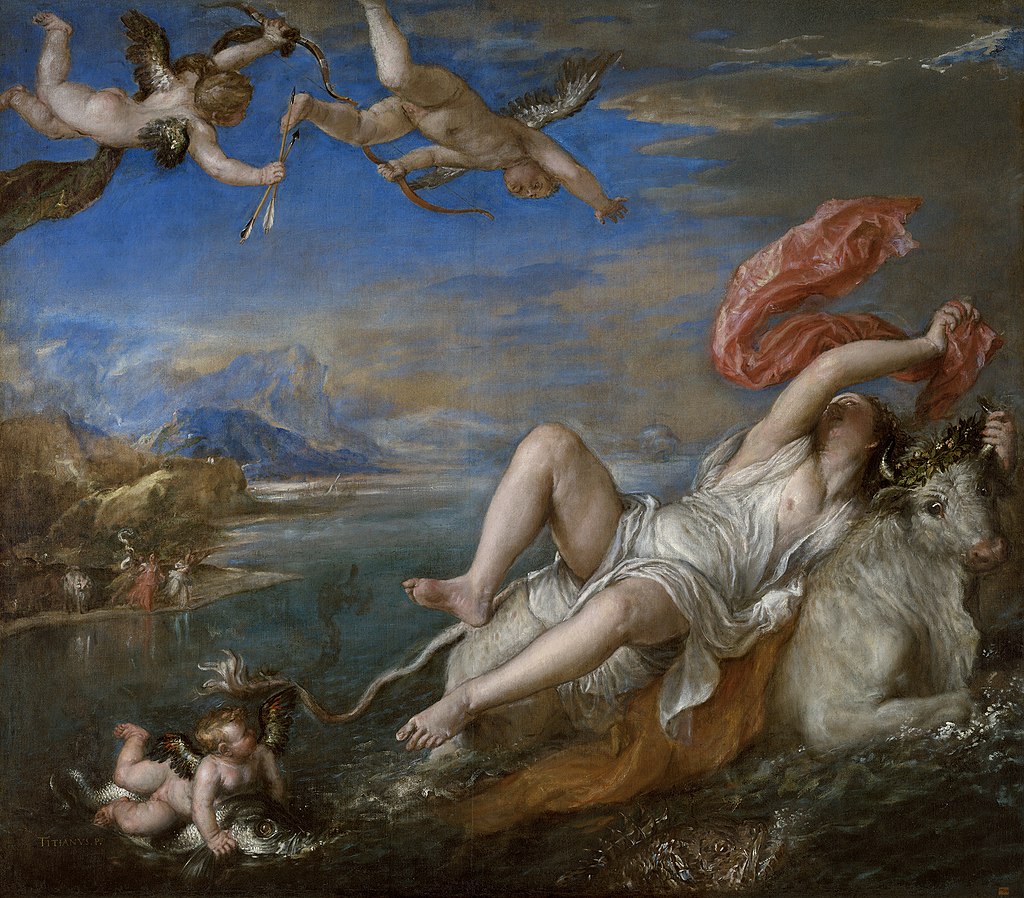
Titian, whose full name was Tiziano Vecellio, was a Venetian painter and a prominent figure in the Venetian Renaissance, living from roughly 1488/90 until 1576. Rich colour schemes, striking compositions, and deft brushwork are hallmarks of his work.
Jan van Eyck (c. 1390-1441)
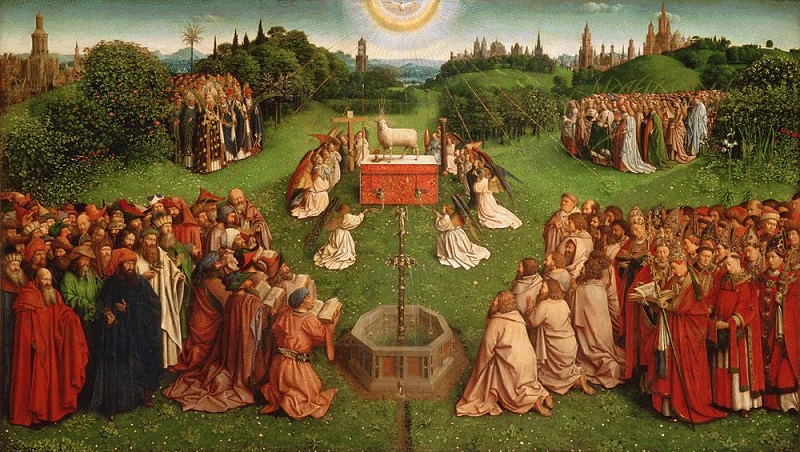
Van Eyck painted in the court of Philip the Good, Duke of Burgundy, and then Charles the Bold, Philip’s son. Because of his position, he was able to interact with people in a wide range of intellectual and artistic circles. The oil painting method is commonly attributed to Jan van Eyck. With the tempera painting techniques that were widely employed at the period, he was unable to achieve the amount of brilliance and detail that he accomplished in his paintings. The Adoration of the Mystic Lamb, widely known as the Ghent Altarpiece, is among van Eyck’s most well-known pieces. Large and intricate, it is a polyptych that demonstrates his mastery of oil painting and his painstaking attention to detail, and it was made for the Saint Bavo Cathedral in Ghent.
Sandro Botticelli (1445-1510)
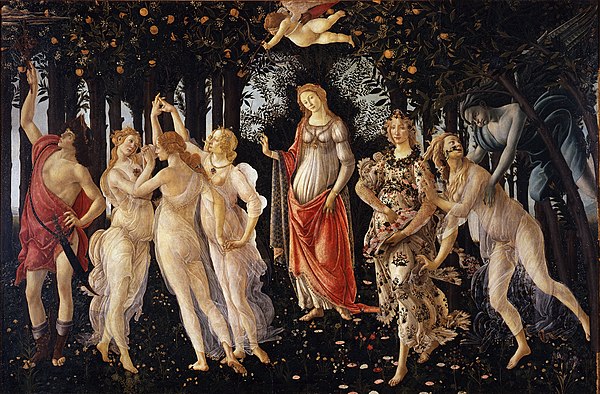
“The Birth of Venus,” one of Botticelli’s most well-known pieces, shows the goddess Venus emerging from the water. Mythological themes are present in both this painting and “Primavera,” another well-known work by Botticelli that shows a cast of mythological characters in a verdant garden. Numerous interpretations and discussions have centred on the figurines’ identities and meanings. allegorical elements. Neoplatonic concepts that were popular in Renaissance Florence are frequently reflected in these works.
Michelangelo: Sculptor, Painter, Architect; The Ingredients of Greatness


